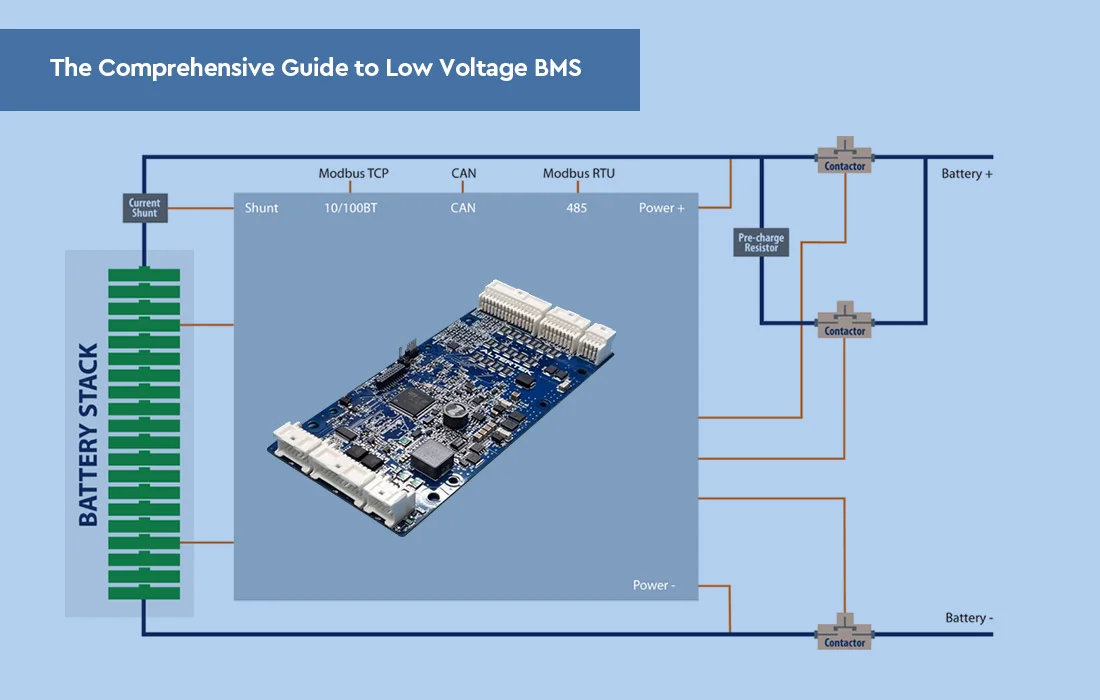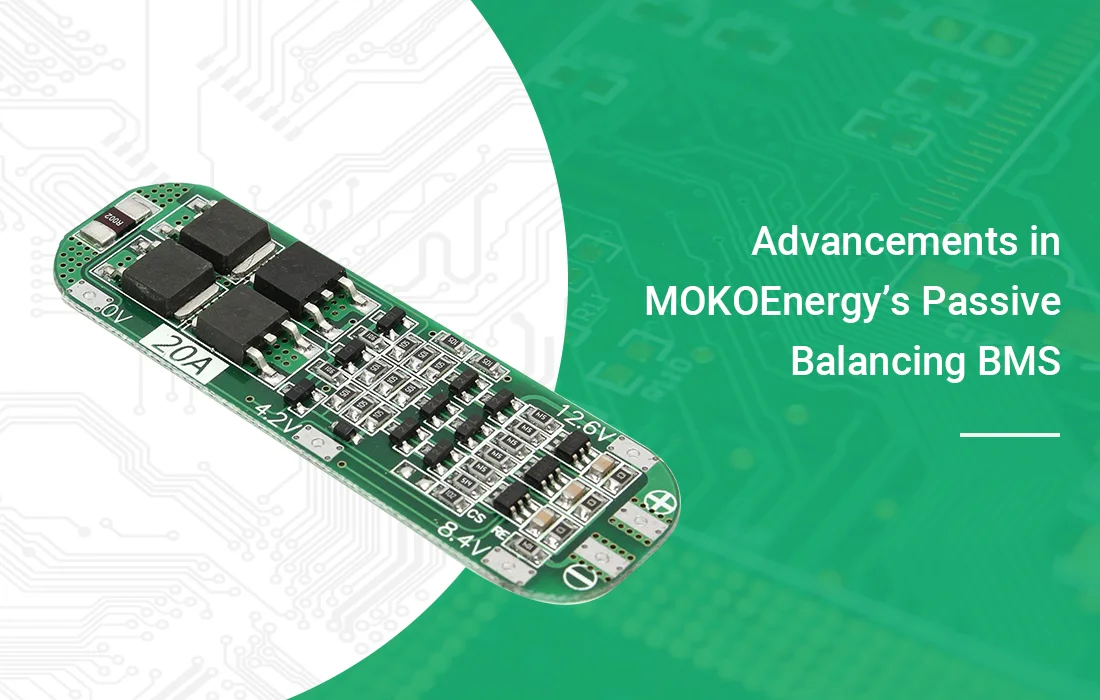State of Charge (SOC) and State of Energy (SOE) are both important metrics for estimating the battery status, but they have different meanings, formulas, applications, challenges, and future trends. Here is a comparison table of SOC vs SOE:
| Aspect | SOC (State of Charge) | SOE (State of Energy) |
|---|---|---|
| Meaning | Indicates remaining charge as a percentage of full charge. | Indicates remaining energy as a percentage of full energy. |
| Formula | Multiplying SOC by the battery’s nominal voltage (Vnom) yields SOE, but this method lacks accuracy due to voltage changes. | Uses SOC-OCV (State of Charge-Open Circuit Voltage) curve to estimate SOE; calculates the area under the curve for better accuracy. |
| Application | Suited for simpler, faster assessments (e.g., consumer electronics, power tools, light electric vehicles). | More suitable for precise assessments (e.g., electric vehicles, energy storage systems, smart grids). |
| Advantage | Provides a quick and easy way to determine the remaining charge in the battery. | Offers a more accurate and reliable measure of remaining energy and range in the battery. |
| Challenge | SOC estimation challenges include a non-linear SOC-voltage relationship, influenced by temperature and battery aging, requiring periodic recalibration. | SOE estimation complexities involve reliance on battery models, and uncertain sensors measuring current/voltage, requiring extensive computation and communication. |
| Future Trend | Expected improvements in SOC estimation using advanced methods like artificial neural networks, fuzzy logic, and adaptive filters. | Anticipated enhancements in SOE estimation via data-driven techniques like machine learning, big data analytics, and cloud computing. |
In conclusion, SOC and SOE are both useful, but they show different things. SOC is good for showing the charge level, while SOE is good for showing the energy and range. Using both together can give you a better idea of the battery’s health and status.




